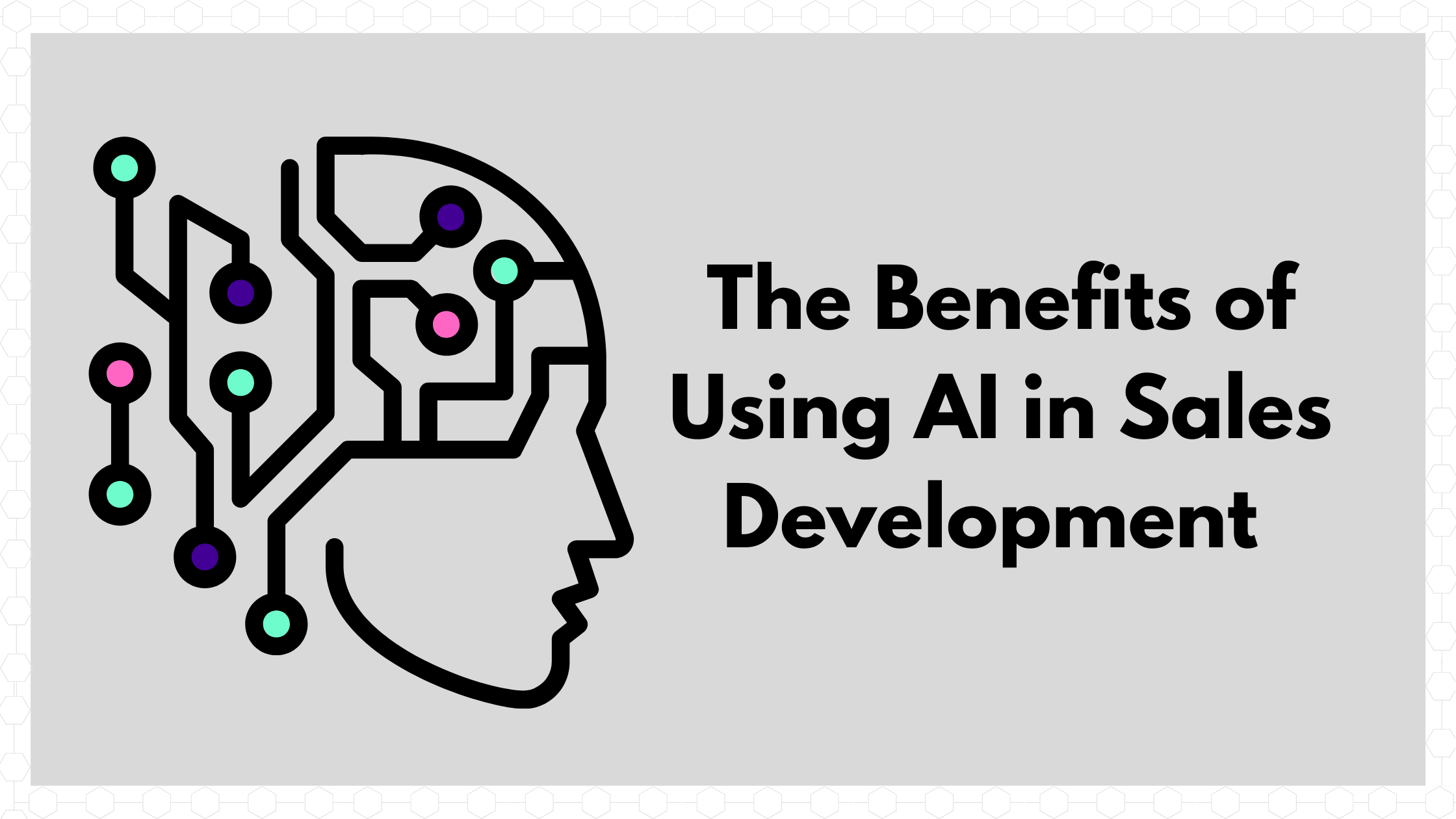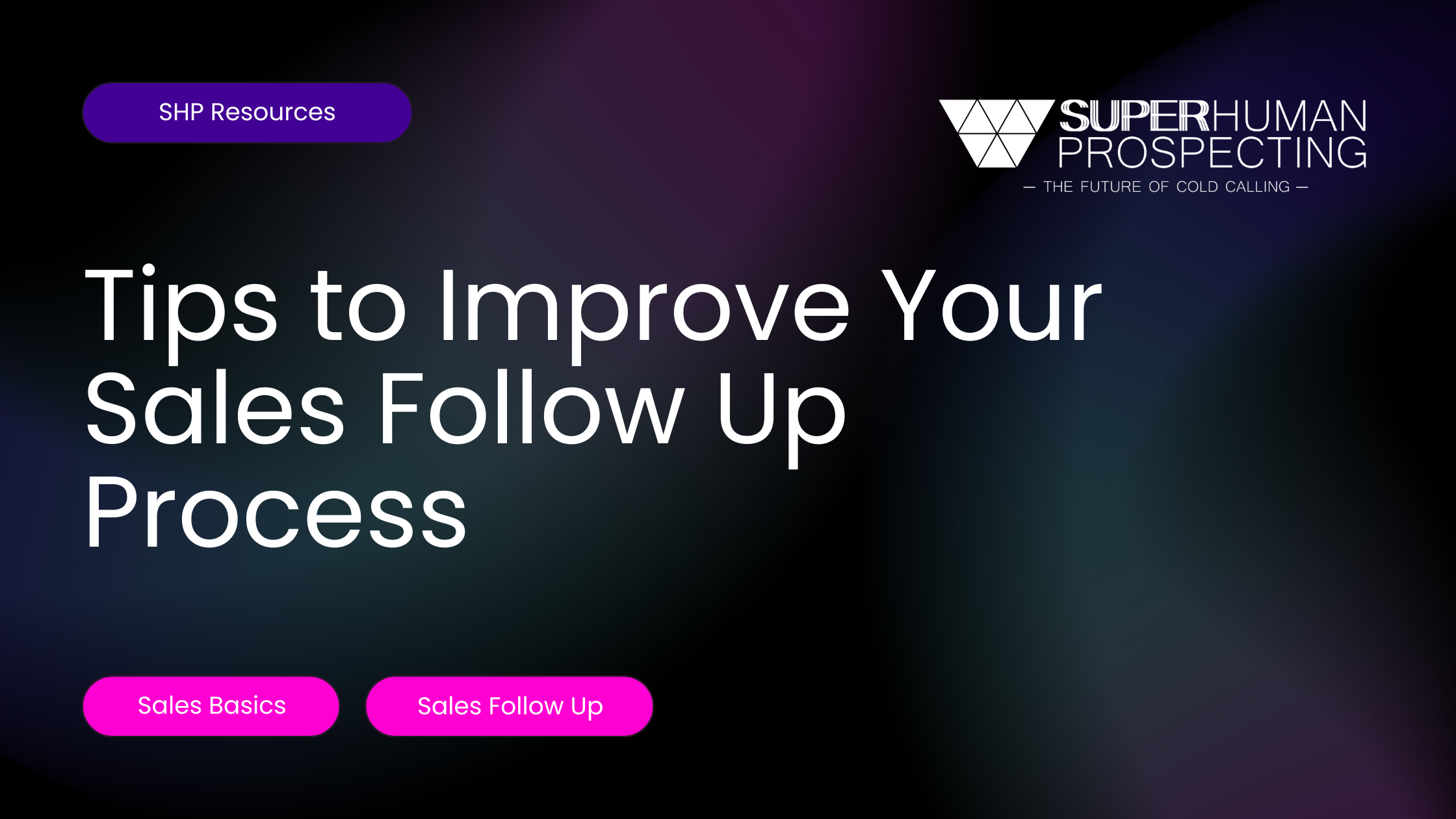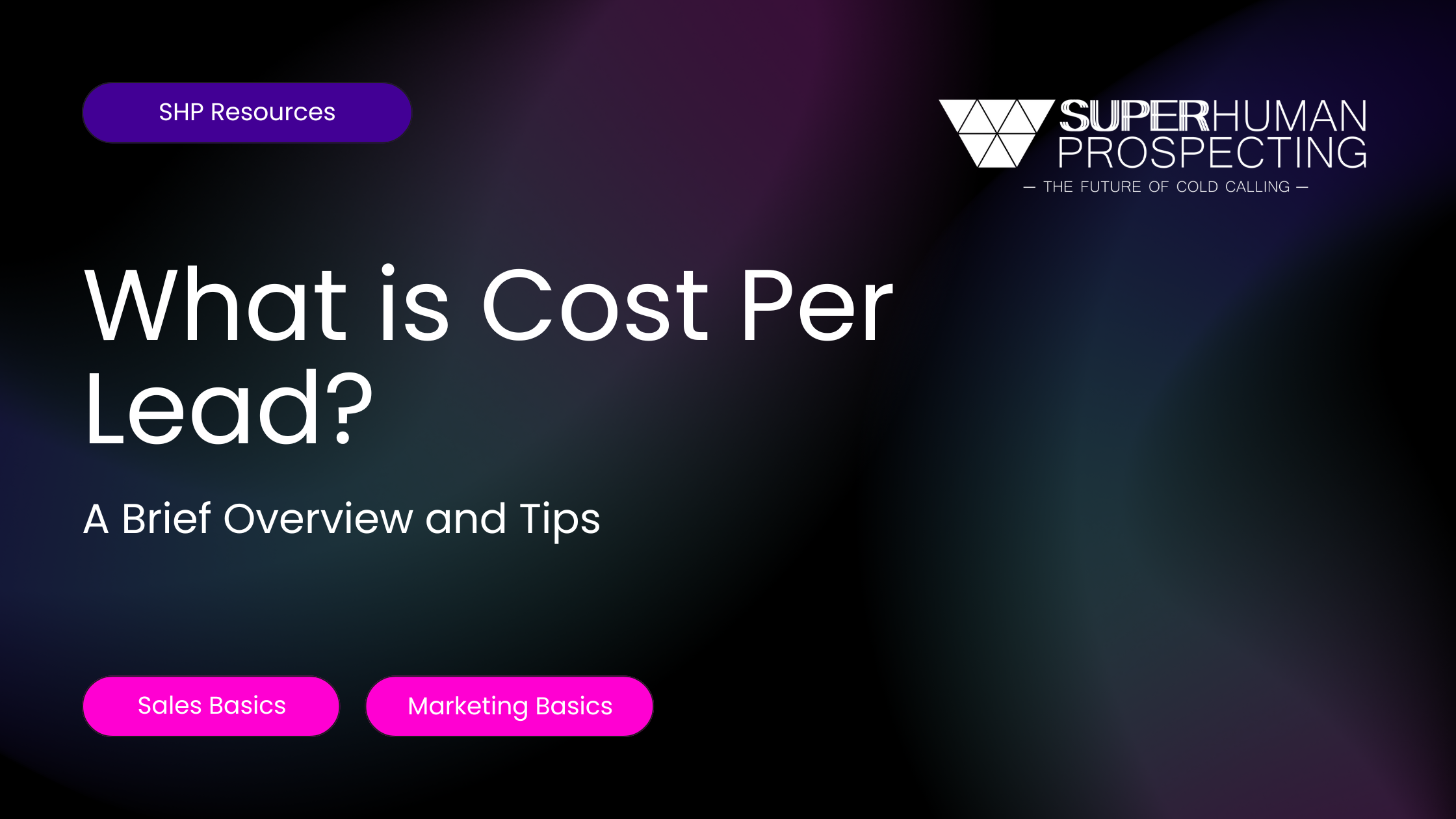While artificial intelligence (AI) is still a relatively new concept in sales development, since the start of the pandemic, there has been a significant increase in adoption and the number of technologies available.
Sales teams embracing these new platforms and leaning into change are ahead of the game, enabling their reps with entirely new ways of performing tasks and interacting with potential buyers.
Of course, AI has been taking over almost every facet of business in our everyday world. Think about companies like Amazon, Spotify, and Netflix who remain at the forefront of using AI for precise recommendations and predictions.

They offer the perfect product or movie suggestion at just the right time – so good, most people believe their phone is actually listening to them. These companies are all about using AI, both internally and externally to provide the best services and experiences possible.
AI can give your business this insight too. The best part? You no longer need an enterprise company budget to introduce these smart technologies to your sales team.
What is Artificial Intelligence?
Artificial Intelligence is the umbrella term for the concept of having technology (machines) perform certain tasks like reasoning, planning, learning, and understanding language. It operates by processing data through advanced algorithms.
You can think of AI as a form of intelligence used to solve problems, come up with solutions, answer questions, make predictions, or offer strategic suggestions.
In other words, it’s the development of computer programs that are able to do tasks and solve problems that usually require human intelligence.
The overall goal of AI is to make software that can learn about an input and explain a result with its output. The goal of AI science is to build a computer system that is capable of modeling human behavior so that it can use human-like thinking processes to solve complex problems.
AI isn’t a new concept, but its widespread application and utility have increased in recent years thanks to improvements in technology like faster processing speeds, lower associated costs, and a greater ability to capture data from buyers.

The Most Popular Subsets of Artificial Intelligence
As artificial intelligence (AI) evolves and becomes more sophisticated, its various applications and use cases become more relevant and understandable.
Sales leaders need a solid understanding of the main subsets of AI in order to make the most of this transformative technology.

There are four distinct subsets of AI most widely used in sales:
1. Machine Learning – This is the core driver of AI. It uses neural networks to find hidden insights or recognize patterns from data, with minimal or no programming on what to look for or what to conclude. Machine learning can also be categorized into 3 further categories: supervised learning, unsupervised learning, and reinforcement learning.
Gartner research predicts that 70% of customer experiences will involve some kind of machine-learning component in the next three years. We are seeing this now with datasets around purchasing history with recommendations based on page/item views, listening history, previous search queries, and overall consumer behavior.
2. Deep Learning – Based on large neural networks, in deep learning a model is awarded and penalized based on feedback. It adjusts weights accordingly for the input parameters and consists of three main layers: input layer, hidden layers, and output layer. These layers work together to build data, prioritize preferences, and improve learning processes in real-time without human interaction.
When your sales team is able to focus on selling activities that increase revenue instead of tedious administrative tasks, they increase productivity and performance. And with the data you gain from deep learning, you’ll be able to build targeted campaigns that convert higher.
3. Natural Language Processing (NLP) – is the language spoken by a human or the interaction between a human and a computing machine. It empowers search engines to be smarter, chatbots to be more helpful, and boosts accessibility for those with disabilities, such as hearing impairments.
Google Translate, Siri, Alexa, and all the other personal assistants are examples of applications that use NLP. Call identifications, call steering, answering customer queries with chatbots, voicebots, and virtual assistants are also all considered to be NLP technologies.
4. Computer Vision – In AI, computer vision utilizes pattern recognition and deep learning to understand a picture or video. This means the machine can look around and take pictures or videos in real-time, and interpret the surroundings. This enables machines to recognize and analyze objects in the real world.
Computer vision AI is gaining extreme popularity in marketing, helping teams provide a more personalized brand experience. But as marketing and sales teams begin to spend more time aligning departments, sales teams are finding this information to be extremely helpful in identifying buyer personas, tracking preferences, and streamlining customer service.
Automations vs AI
We talk a lot about how to properly use automation tools for lead generation, so it is important to note that not everything currently being sold as AI qualifies as such.
For example, there are plenty of applications and functions that automate manual processes but do not use any form of subset AI technologies to accomplish that task.
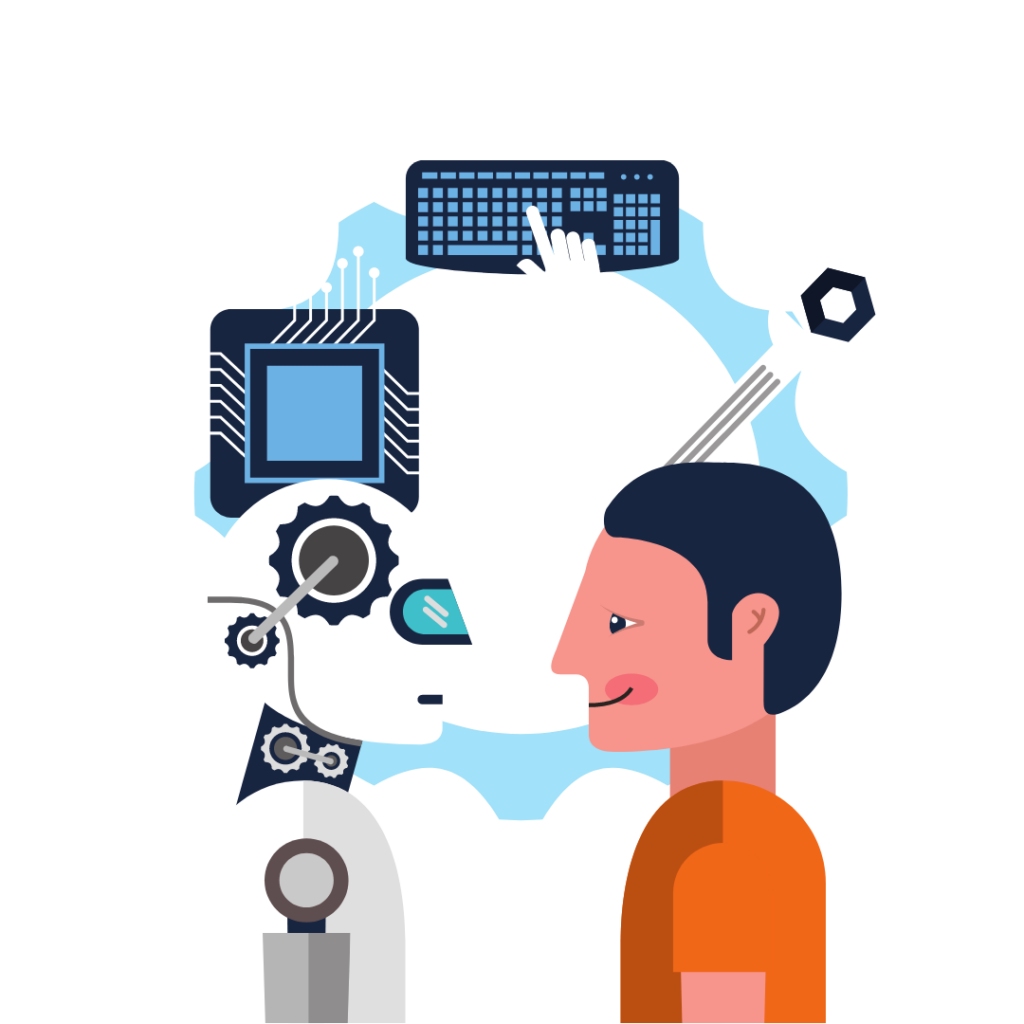
Automation is essentially making hardware or software that’s capable of accomplishing things mechanically but doesn’t involve learning and evolving, like AI. For example, a tool that automates the scheduling of appointments will have a predefined set of rules that can automatically launch an email or SMS message, prompting a customer to set up a call or meeting.
This tool would qualify as robotic process automation (RPA) but not AI, as it does not involve any kind of algorithmic learning or human-mimicking interaction with a customer. So, while it may save time, it doesn’t introduce any new intelligence to the system. Before you can implement these technologies, you must be aware of how they work and fit into your organization.
How Does AI Work?
According to a Salesforce State of Sales report, high-performing teams are 4.9X more likely to be using AI than underperforming ones. And they aren’t done.
These sales leaders also expect their AI adoption to grow faster than any other technology.
AI systems work by, “combining large sets of data with intelligent, iterative processing algorithms to learn from patterns and features in the data that they analyze.” Each time an AI system runs a round of data processing, it tests and measures its own performance, developing additional expertise.
And because it can run 24/7, it can run through millions of tasks extremely quickly, learning in a very short amount of time. AI isn’t just a single computer program or application but a science or entire discipline.
Traditionally, building and deploying these AI systems required computer science and data science experts, Python programmers, powerful GPUs, or human intervention at every step of the process. Today, these technologies aren’t as complex and require less coding. However, there are still a few rules to follow to give your team the best chance of success.
Implementing AI for Your Sales Team
If you are looking to implement AI, you need someone who can understand your sales process, the inner working of the AI system, and be able to manage it to keep running effectively. Otherwise, it could create a culture that is too focused on the numbers without paying close attention to the relationships or results.
Without the right preparation, a company could end up using AI in a way that drives negative results. Here are some checklist items to follow before you implement an AI system:
- Have a Clear Plan
It is important to know your goals and have a clear plan of what you would like to accomplish by using AI. You also need to know what is possible and what isn’t. If you don’t know what types of measurement or activities equal success, you will have more issues finding the solution. Take the time to get more familiar with the options you have available and talk to a representative that can work with your company to be sure their solution is the right fit.
- Start with a Solid Foundation
For AI to work as efficiently as possible, you need a solid foundation for your data. Once you have a clear plan, you need to figure out the datasets necessary for the AI systems. These datasets must be structured and organized so you are able to scale effectively when needed. The more data you have, the harder it is to stay organized. This solid foundation will give you a better chance of accomplishing your goals.
- Check Your Resources
Are you capable of using these systems within the current structure of your organization? It is important to make sure there isn’t a gap between what you want to accomplish and what the systems are able to do for you. Any internal processes that aren’t up to the AI standard need to evolve before you move forward.
- Implement One Tool at a Time
Don’t try to adopt too many tools at once. AI is a delicate tool that needs to be properly used and managed. AI isn’t an “implement and forget” type of system. Too many tools at once and you can get disorganized and off-track very quickly. Start slow in all areas and build up to bigger projects.
- Make Sure You Have Enough (Reliable) Data
AI is only as good as the data you put into it. The last thing you want to do is bring garbage data into your new project. If you aren’t able to analyze a sufficient amount of data with your AI system, chances are, it won’t be as accurate or reliable. This is especially important if you have data across multiple platforms or different legacy systems. Clean and scrub your data before implementing for best results.
- Bring in a Professional
As mentioned above, you need someone who understands the inner workings of your sales process, your goals, and your AI capabilities. If you aren’t able to properly manage your system, it won’t be nearly as valuable. Experts say you should bring in a team of 4-5 people (depending on project size) to help keep the team on track.
- Start a Pilot Project
Testing your project with a pilot can be extremely helpful before moving forward with larger projects. Have your pilot or test run go for about 2 or 3 months to be sure you have the right data and team to help your AI run smoothly. After the pilot is completed, you should be able to make more informed decisions and improve any datasets or structure issues.
Benefits of Using AI in Sales Development
AI provides unique information and insight, allowing salespeople to focus on what is important most: solving client issues. Additionally, AI improves lead volume, close rate, and entire client experiences by using various processes, algorithms, and formulas. Here’s an in-depth glimpse at how AI may boost a company’s overall revenue:
- Boosts Client Loyalty
Loyal clients are vital. They contribute significantly to business sustainability and overall growth.
Systems like chatbots, that can provide 24-hour services, are known to boost client engagement and loyalty. They can answer customer queries, start initial conversations, help resolve product, pricing, or shipping issues, and can alert buyers about special offers and new products. Having these systems in place can also better support your customer service teams, making sure all buyer needs are met – ultimately improving satisfaction and retention.
- Increases Lead Generation
According to a study by Harvard Business Review, companies using AI in sales were able to increase their leads by more than 50%, reduce call time by 60-70%, and realize cost reductions of 40-60%.
Connecting every piece of information is tedious and time-consuming. Then you have to qualify them, follow up with them, and sustain a business relationship, which is equally time-consuming. When you adopt AI for sales, the technologies take on those tasks and deliver faster more effective results. Consequently, the leads increase since AI helps you reach out to specific and targeted prospects, and stay more prioritized on sales goals with larger data sets.
- Improves Best Practices
With AI, there is no single structured process that can guarantee you success, but it can help you mark best practices and stay aligned with other members of your organization. To be effective, business and consumer data gathered from various sources need to be analyzed and turned into clear, actionable, and meaningful reports. AI helps perform this feedback loop more efficiently – faster and without human error.
With this new information about your business, you can identify areas of improvement and opportunity, giving your sales team the knowledge to make changes, scale, and increase profit. Better analysis of these insights will improve your business returns on investment and drive average profit growth.
- Expands Forecasting Accuracy
Artificial intelligence systems can help you predict or forecast outcomes using historical data to inform future results. This includes deals most likely to close, deals or prospects to target next, and new customers that may be interested in your offering.
Predictive forecasting AI can also create value for sales teams internally. Using the same types of data analysis, AI helps sales managers forecast their team’s performance for the quarter, in advance, so they can take proactive steps based on the numbers.
- Simplifies Upselling & Cross-selling
Using AI to understand your buyers and what they are looking for is extremely important, especially if you have multiple products within your brand. AI can help you better predict customer personas, buyer segments, buyer preferences, consumer behaviors, and more.
While this is mostly pioneered by sales leaders in the retail or eCommerce space, providing smart products and performing customer segmentation can help any industry provide predictive analytics to upsell or cross-sell. As AI continues to develop, this is one area to really pay attention to. The more you can understand your consumer behavior, the more you will be able to tailor your approach, content, and overall sales strategy to meet their needs.
- Get Better Insights & Recommendations
Sales is all about creating a standardized process and then working to improve it. AI can bring a level of logic and standardization to the process that humans just can’t match. With these actionable insights, you can make more informed, strategic, and well-thought-out decisions that drive positive outcomes.
These are some of the most helpful AI tools because they comb through the data and surface interesting information all on their own. And because AI analytics automatically evaluate all the factors that contributed to the event, the system is able to quickly determine a cause, and recommend the next step, or the best course of action.
- Increase Employee Retention
While some people may think robots are here to take over, the AI we are talking about today doesn’t aim to replace sales reps, but act as an assistant, driving collaboration. This helps your team prioritize more effectively and become better salespeople by highlighting patterns and providing detailed analytics on all communication between sales reps and potential clients (including emails, phone calls, and chats.)
And it’s not just for daily work tasks or responsibilities. It can also cover onboarding and continuous training. This actually increases employee engagement and retention as AI can help your sales team better perform their work responsibilities.
- Optimize Return on Investment (ROI)
When you put all of these top benefits together – it equals better ROI. From easy access to data, with better insights and more informed business decisions to relevant messaging, collateral, and higher conversion rates AI is the backbone of a more effective workflow.

